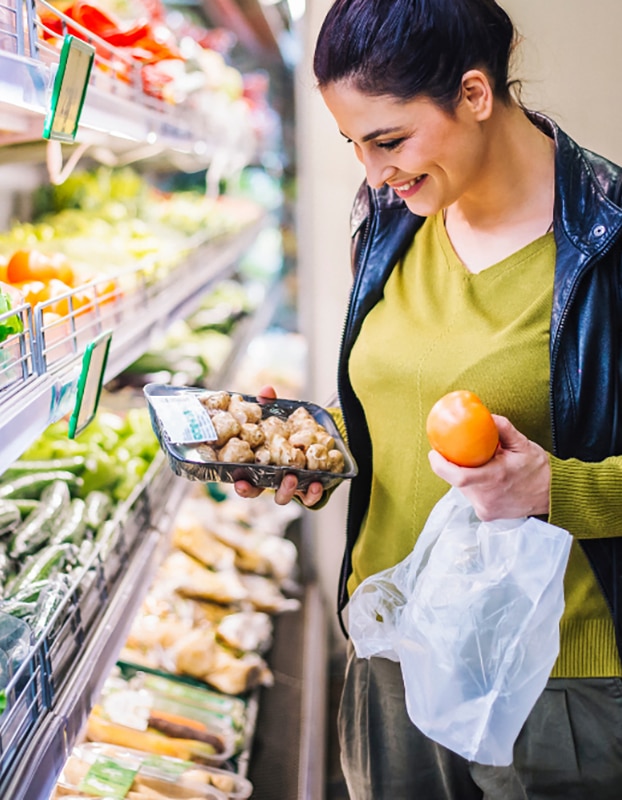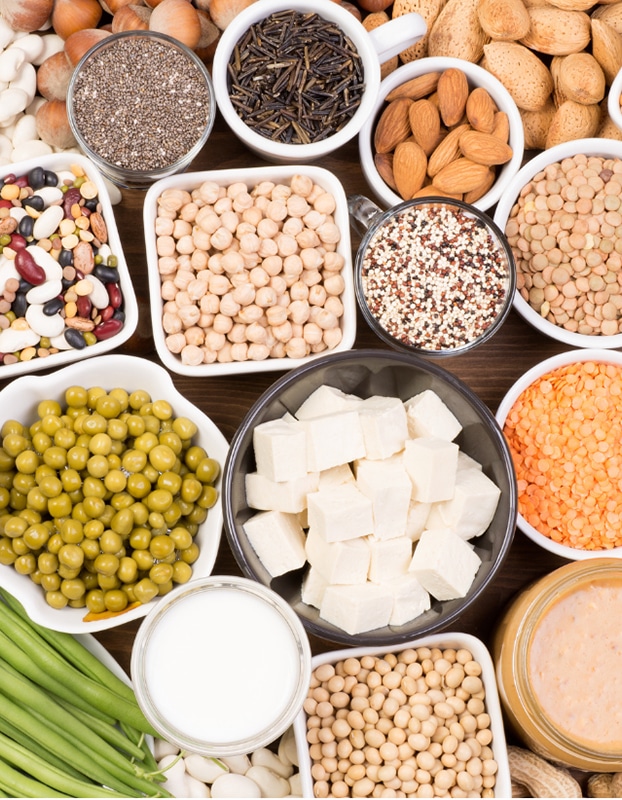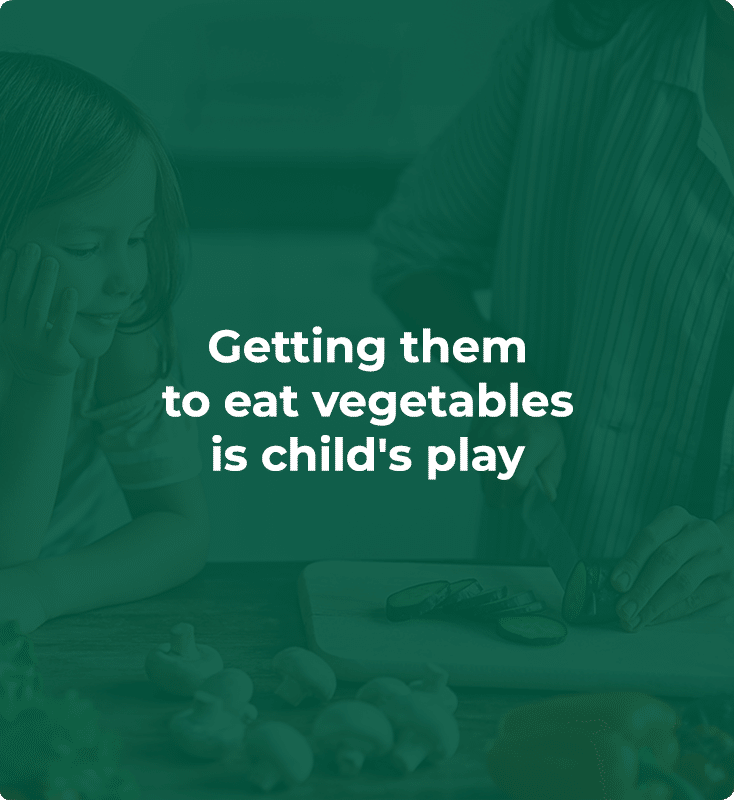Long confined to health injunctions or speeches about ethics, plant-based foods are now finding their way onto our plates thanks to a brand new asset: they’re delicious! Colors, textures, simplicity or boldness: plant-based foods can be fun, tempting, and even playful, provided we rethink how we use them in cooking. Here, we take a closer look.
Eating more plants doesn’t necessarily mean converting to vegetarianism. There’s a wide range of possibilities, from the simple addition of an aromatic herb to the creation of an entirely plant-based dish. This progressive culinary approach favors gradual appropriation rather than a clean break.
From the simplest to the most sophisticated
A good initial approach is to add a touch of plant-based ingredients: chopped basil, arugula on a pizza, or some tomato sauce in a cooked dish, for instance. These simple gestures bring freshness, color, and aromatic complexity to our cooking.
Next for some personalization: plant-based sauces and spices are available to suit all tastes, and can give your preparations a surprising touch as well as an energy boost. For example, you could offer a main course featuring chickpea curry or a green sauce made from fresh herbs. As part of its ‘Flex ton assiette’ program, which is helping students to adopt sustainable diets, the chair of the ANCA initiative (‘Alimentation Nutrition Comportement Alimentaire’—Food, Nutrition, and Dietary Behavior) shares several tips for adding an appealing culinary touch (1).
Last but not least, some dishes are naturally prepared using plant-based products, and their sensory accessibility makes them suitable for all palates. Bowls, pitas, pulse-based spreads, cold or warm soups, vegetable pies, pasta with different pesto sauces, and so on: all of these are simple to prepare, and easy to include on the menu!
The trick with plant-based ingredients is to focus on ease of use and creativity
Plant-based cooking can be simple, fast, and smart. Plant-based ingredients have adapted to modern times: opening a jar of red kidney beans, snacking on cherry tomatoes or radishes, or preparing a plate of raw vegetables in a few simple steps (grated carrots, artichoke hearts, diced avocado) is enough to create a fresh and colorful culinary approach.
Certain reflexes also need to be reconsidered: do we really need to peel everything? Not always. Well-washed zucchini or potato skins retain fiber and antioxidants (2), promoting a cuisine that’s less wasteful, fosters whole foodstuffs, and saves on preparation time.
Colors, textures, and tastes are also vectors of an enjoyable experience. An appealing range of greens in a salad (spinach, peas, cucumber), the crunchy-soft contrast between walnuts and sweet potato purée, or an added touch of acidity (lemon, balsamic vinegar, redcurrants) create a complete sensory experience. And sensory variety has been shown to increase our perceptions of pleasure and satiety (3).
Why not take inspiration from chefs who channel their imagination and know-how into working with plant-based ingredients? Chef Lou, from ‘Le Banquet Végétal’ workshops, shares three recipes for toppings she has designed to boost her dishes: red onion pickle, crispy chickpeas, and caramelized onions(Content developed and produced by the ANCA chair, an AgroParisTech partnership chair) (1).
Surprising plant-based desserts!
Fresh fruit, compotes, and fruit salads are classics, but plant-based creativity doesn’t stop there. From red kidney beans in brownies or grated zucchini in muffins to carrot cake, vegetables have a role to play in desserts, too! They add softness, freshness, and sometimes even a natural sweetness, reducing the need for fat or refined sugar (4).
These surprising combinations appeal to an increasingly curious public in search of new sensations and an innovative cuisine.
Playing with plant-based foods
Far removed from moralizing discourse, plant-based cuisine can offer a sensory and creative playground that invites you to explore, improvise, and add color to your plate. Fun, flexible, and tasty, it also rises to the challenges of sustainability and public health.
Encouraging its presence in our daily culinary habits, even in small ways, is thus a way of fostering joyful and lasting dietary change.
Discover our 8 tips for 100% plant-based boost at lunch time!
Sources :
(1) ANCA, Projet Flexi : pour une alimentation végétale sans culpabilité, 2025. chaire-anca.org
(2) Slavin, J. L., Fiber and Prebiotics: Mechanisms and Health Benefits, 2013. Nutrients, 5(4), 1417–1435.
(3) Spence, C., Multisensory flavor perception, 2015. Cell, 161(1), 24-35.
(4) McClements, D. J., Future foods: How modern science is transforming the way we eat, 2019. Springer.



 Borlotti beans
Borlotti beans  Celeriac
Celeriac  Vegetable garden: growing parsley
Vegetable garden: growing parsley 









